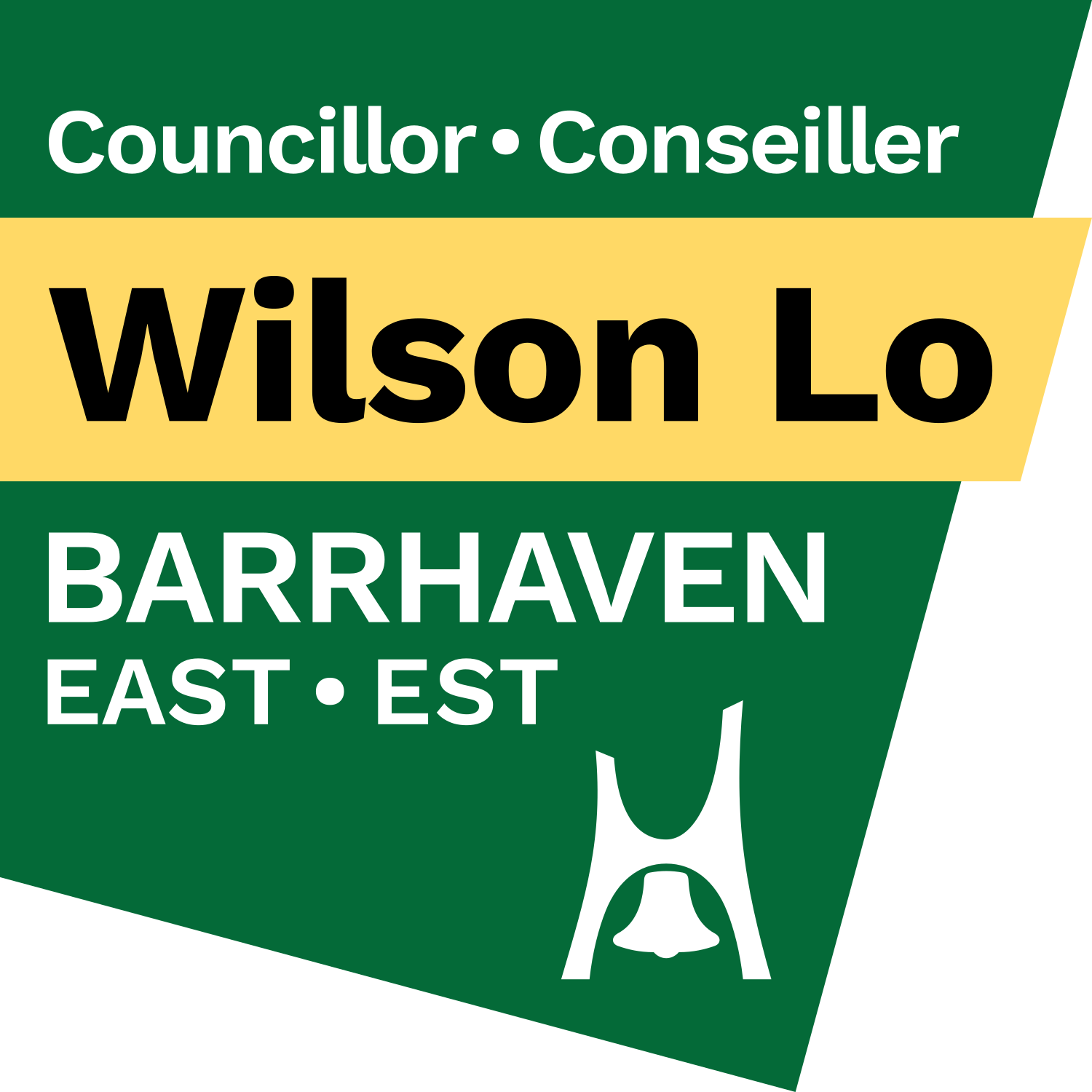Weekly newsletter: June 6, 2023
Hello and welcome to another week!
Yesterday, the controversial bag tag proposal was discussed and voted on at the Environment Committee. Some Councillors introduced amending motions to change the bag limit, when tags would be required, and public education initiatives, but the item ultimately landed a tied 5-5 vote.
A tie vote at Committee means the item will rise to Council at its next meeting on June 14th 2023 for further discussion and a final vote. (If anyone wants a newsletter issue on Council procedures, I’d happily oblige, but beware it’s not exactly gripping material.)
Many of you may already know I will be speaking and voting against the item. On the surface, bag tags will result in fewer bags of garbage at the curb, but what’s beneath the surface is ignored by the proposal.
My hometown of Markham, Ontario, introduced significant changes to its waste collection operations in the early-2000s. The changes included expanded recycling programs, a then-new green bin, a one-bag limit, and bag tags.
Those changes resulted in Canada’s highest waste diversion rates, but it also introduced a new problem: illegal dumping. With Ottawa’s current six-bag limit, illegal dumping still happens in our municipal parks, rural ditches, and at construction sites.
Given how quick the dumping happens, it is difficult to enforce. Even if successful, enforcement only addresses the offence once it happens, rather than targeting why that dumping happens, reactive rather than proactive.
How can we be proactive? Make it easier and enticing for residents to want to divert their waste to recycling and compost.
I discussed that in detail in my May 2nd newsletter, along with my stance at length about why I’m not supporting bag tags.
The bag tag proposal is part of the larger Solid Waste Master Plan (SWMP) process.
The SWMP aims to update Ottawa’s policies regarding how we manage waste generated mostly by single-unit residential properties. Much of this stems from the fact the Trail Road Landfill is expected to reach its capacity in the mid-2030s.
The SWMP’s goals include increasing waste diversion, extending the life of the landfill, and long-term solutions to manage household waste in the future. Over the next year or so, residents and Council will regularly receive updates on changes and proposals in service of those goals.
You may notice I didn’t mention waste generated by industry, commerce, and institutions (IC&I). In Ontario, municipalities are legislated to provide waste collection services to its residents only. IC&I are required to contract their own waste collection services.
The City has a few initiatives that help small businesses that don’t generate enough waste to justify contracting out a large provider. These also ensure some small businesses are also diverting their waste.
That does mean Ottawa’s waste diversion gap is IC&I. Though several IC&I properties divert waste due to economics (eg. metal and industrial materials recycling) or through goodwill, municipal efforts target residential only. Improvements to that effort are up to the IC&I sector and their private providers.
Another interesting proposal I’m following closely is waste-to-energy incineration. I believe that is our way forward. To be fair, early incinerators were dirty, polluting, harmful factories. Those have since given way to modern incinerators, which adhere to much stricter environmental standards of our time.
Waste-to-energy has been used in several European countries (because people love comparing us to Europe) since untreated wastes were banned from landfills around the new millennium.
In fact, the closest and most commonly-used example in recent discussions has been the waste-to-energy facility in Durham Region.
The Durham York Energy Centre safely burns garbage, collects metals, and generates electricity — enough to power about 10,000 homes annually. Both Durham and York regions still operate effective waste diversion programmes to ensure only garbage is processed at the facility.
Incineration gives the garbage we produce a second life, and diverts harmful methane emissions from landfills, thus reducing our carbon footprint.
Furthermore, technology exists to make them even cleaner, from emissions capture to breaking apart the molecules of carcinogens. In fact, if Ottawa pursues the incineration route, we can take the lessons of the Durham York facility and make ours even better.
Anyway, the newsletter is getting long and I’m starting to feel like I’m rambling. Bottom line is just because other jurisdictions are doing it, doesn’t mean Ottawa has to join that crowd. Bag tags were a great idea in the early-2000s.
Part of innovating includes recognising solutions evolve and what was ideal for the early-2000s is no longer ideal, sometimes through advancements, other times through trial and error.
Some say there is shame to be had for being so behind, but I’m looking at our current solid waste situation as an opportunity to take every lesson learned across the world and ensuring the solution we adopt will serve to benefit our city for generations to come.
Thanks for making it to the end. Hopefully next week’s will be a bit shorter.
-Wilson
PS. The Nepean Sportsplex is celebrating its 50th birthday on June 8th, 2023. Drop-in activities will be 50 cents all day that day, and the flag of the former City of Nepean (which I donated to the facility) will also be flying!


